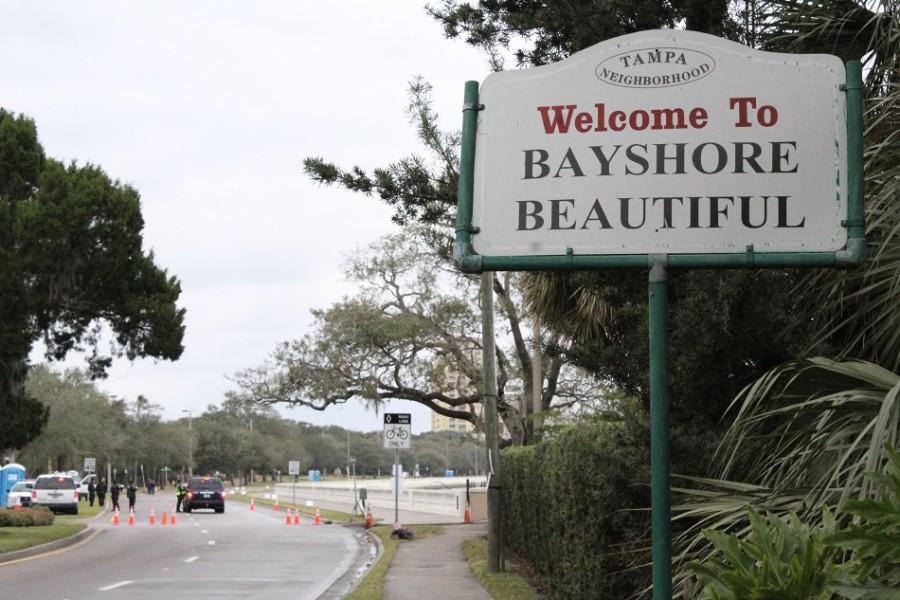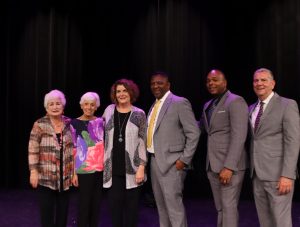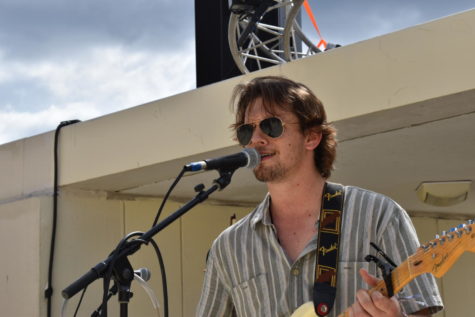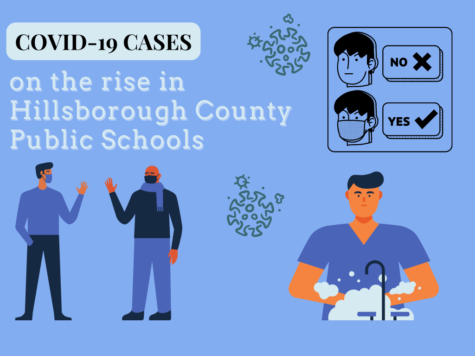Gasparilla is Losing its Meaning
Photo I. Giovannetti
File photo from 2016 that illustrates Bayshore on a typical January day
January 23, 2016
This Saturday, Jan. 23, marks the first day of Tampa Bay’s Gasparilla season. This weekend is the children’s parade, followed by the adult parade next Saturday. Both events take place along Bayshore Boulevard.
Gasparilla originated as a celebration of the legend of Jose Gaspar, a mythical pirate that invaded Tampa Bay. Over time, the many traditions of the Gasparilla season have set the city apart.
Anyone outside of Tampa has no reason to know about Gasparilla.
But if you have lived in Tampa, even for a short period of time, chances are, you’ve been clued in.
People from all over the city love to go with their families and friends to either man a float or stand on the sides to collect the flying beaded necklaces.
But Gasparilla isn’t just fun and games.
I’ve been to the Gasparilla parade several times – both children’s and adult. As a kid, I had a great time trying to catch beads and even the occasional pirate rubber duck.
But as I grew older, I began to see the reality of the parades.
Gasparilla is like Halloween in January. The event has developed an underlying meaning, and has, for some, turned into an excuse for drinking too much and acting wild. While this might be expected at an adult parade, the real issue is found when teenagers get caught up in those particular activities.
I no longer see the exciting, easy-going spirit that I used to see through the narrow lens of my youth. Even at the children’s parade, which people may think is innocent, you are bound to see people acting up all over Bayshore.
The people living on Bayshore take part in the parade every year, whether they chose to or not. Mary Elizabeth Ward (’16) lives on Bayshore, and claims that the unruly parade-goers set “a really bad example for everyone.”
“The adult Gasparilla is a popular thing that all the teenagers want to go to because it’s fun and all the older kind of things are happening,” Ward said. “But it’s not always appropriate for all the people that go.”
The legend of Jose Gaspar is no longer Gasparilla’s focus.
“The pirate culture, and the whole idea of Gasparilla, has evolved into a place for people to be reckless,” Keana Esmkhani (’17) said.
Despite concerns about the parade, it does have its perks. Tampa generates millions of dollars as a result of the event, and in turn, there is great publicity for all the causes and organizations participating.
But there comes a point when people turn local events into something they’re not. We must stop doing this with Gasparilla. Otherwise, we will see our city’s traditions become just another excuse to party.






















